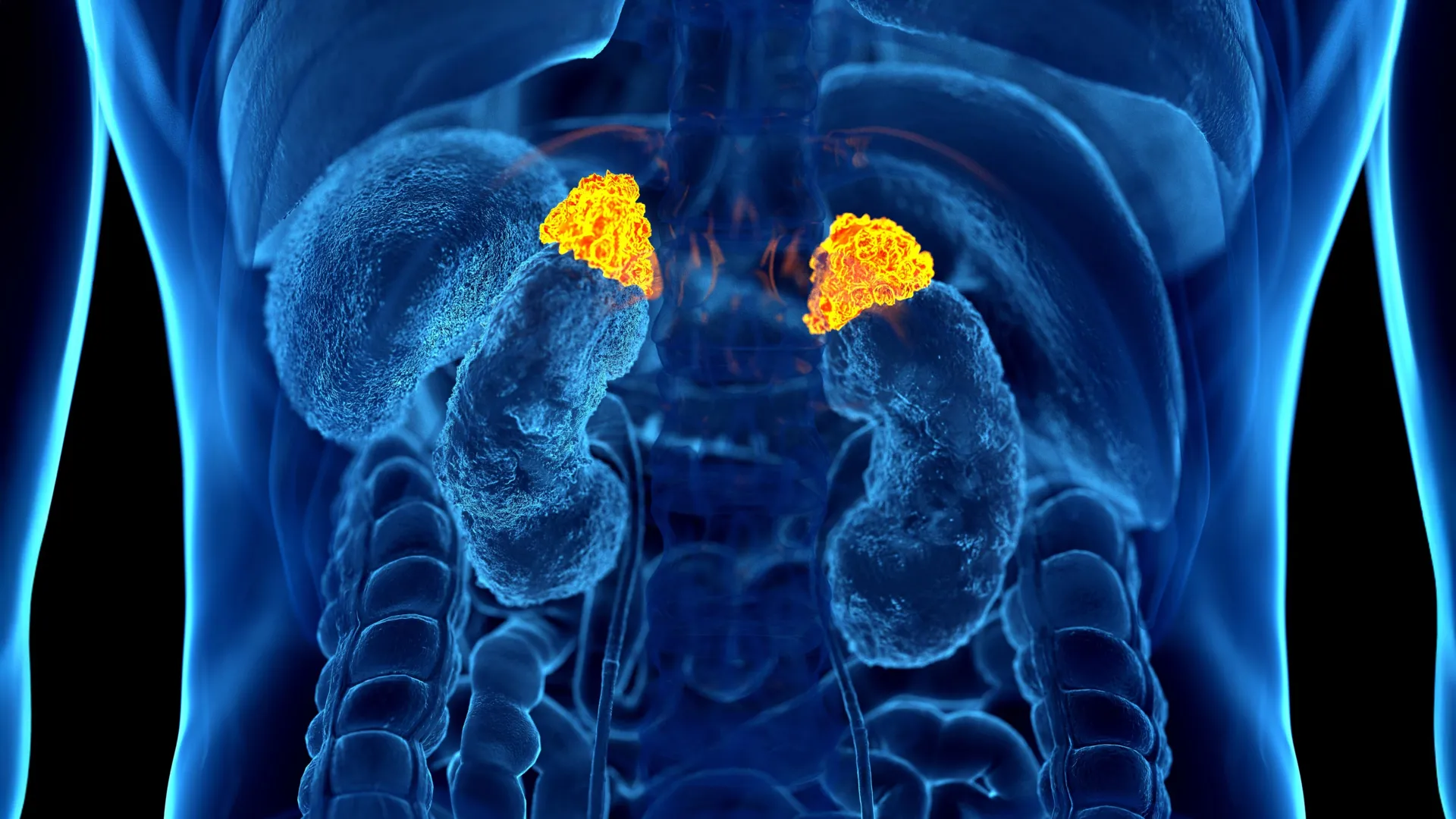Researchers have used a deep learning artificial intelligence model to identify what they describe as the first biomarker of chronic stress that can be directly seen on standard medical images. The findings are being presented next week at the…

Researchers have used a deep learning artificial intelligence model to identify what they describe as the first biomarker of chronic stress that can be directly seen on standard medical images. The findings are being presented next week at the…